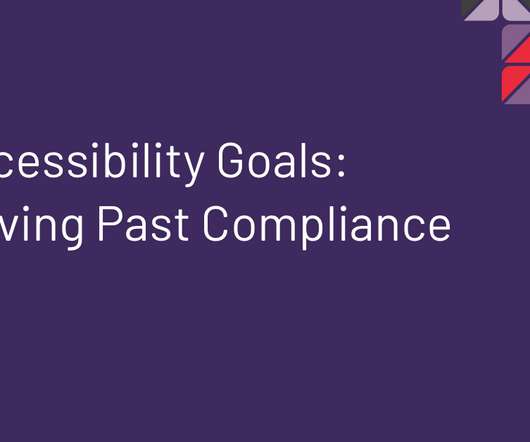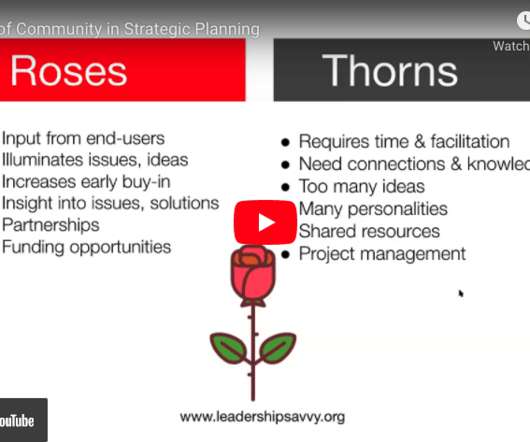An Evolution of Evaluation in Grantmaking With a Participatory Lens
sgEngage
OCTOBER 9, 2023
On its face, evaluation seems like a neutral activity, designed to help us understand what’s happened, and to change course where needed. A Shared and Flexible Understanding of Impact As practitioners of and advocates for participatory philanthropy, we believe there’s a better way. It promotes mutuality instead of extraction.




























Let's personalize your content